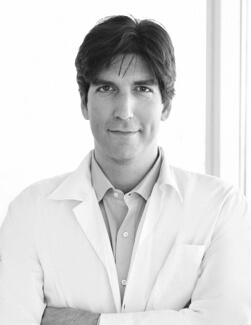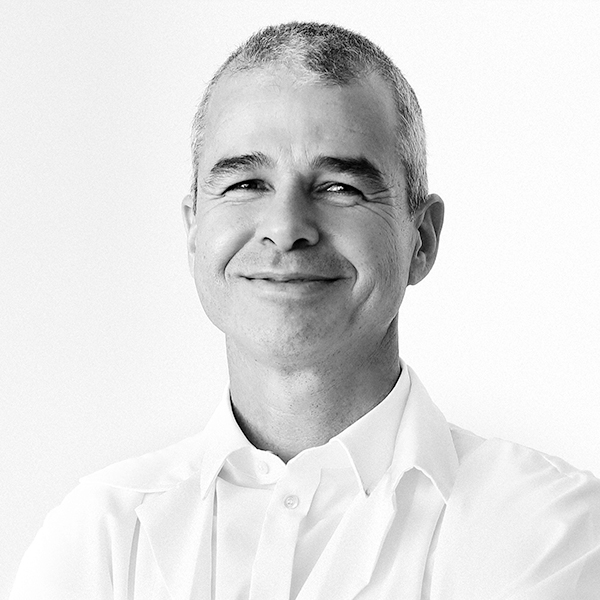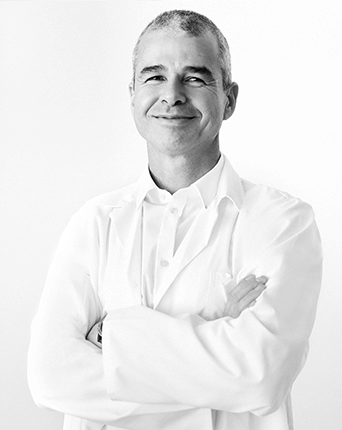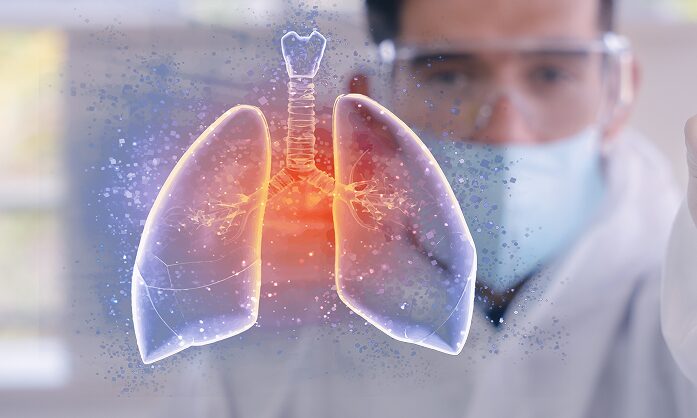
Post-COVID Lung Inflammation: Treatment Approaches for Healing
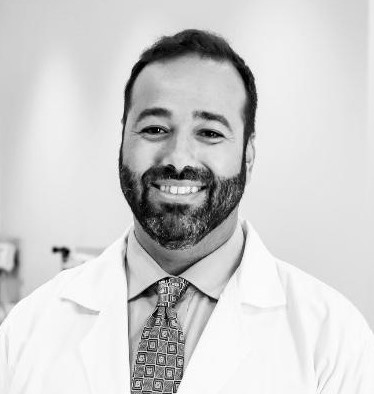

Many COVID-19 survivors recall firsthand the breathing difficulties and chest discomfort that come with the condition. For some, these challenges are ongoing, daily reminders of how the virus affected their lungs. Taking a deep breath may be painful or difficult, while a persistent cough can impact daily life — but there is hope. Innovative treatments to address post-COVID lung inflammation show remarkable promise in helping people experiencing the symptoms of long COVID reclaim their respiratory health.
Understanding Post-COVID Respiratory Conditions
COVID-19 can affect the lungs and trigger a chain reaction of inflammatory responses that don’t always go away with the initial infection. Many find themselves dealing with persistent issues such as:
- Post-COVID asthma, with symptoms like wheezing, chest tightness, or breathlessness
- Post-COVID pneumonia that develops or lingers beyond a COVID infection
- Post-COVID bronchitis, or airway inflammation, that can become chronic
- Long COVID lung fibrosis, where the tissue becomes scarred and less flexible
- Interstitial lung disease (ILD), characterized by inflammation and scarring
- Chronic obstructive pulmonary disease (COPD) worsening
These post-COVID breathing issues typically manifest through symptoms like shortness of breath during everyday activities, a cough that impacts daily life, or chest tightness that comes and goes.
Persistent symptoms should always be evaluated by a health care provider. For some, medical imaging might reveal what doctors call ground glass opacity (GGO)—a hazy, cloudy area that shows up on lung scans. This typically indicates an underlying issue in the lungs, whether it’s an infection, inflammation, or scarring.
When to Seek Help for Long COVID Lung Discomfort
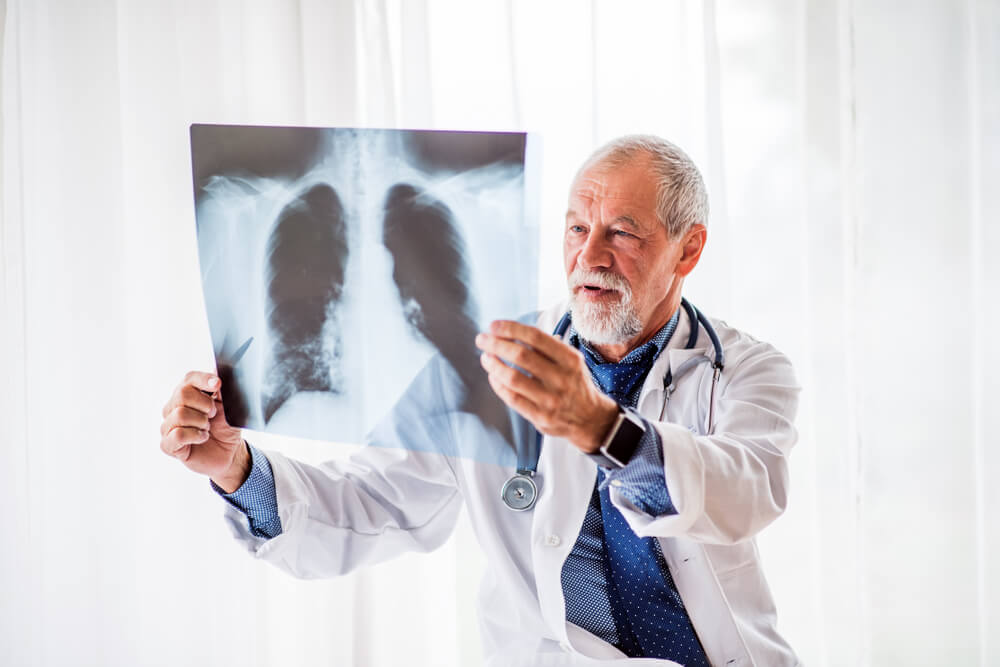
Many people hesitate to seek help for respiratory symptoms after COVID, attributing symptoms to the normal recovery process. However, symptoms of long COVID, like shortness of breath, chest pain, and chronic cough, can interfere with daily life. Don’t delay seeking medical attention if you experience:
- Persistent or worsening shortness of breath
- Chest pain or tightness that doesn’t improve
- Difficulty breathing while lying down
- Decreased exercise tolerance
- New or worsening cough
- Unexplained fatigue that affects daily activities
Early intervention is the best way to prevent long-term complications. Post-COVID lung symptoms deserve professional evaluation and care.
Challenges in Diagnosing Long COVID Lung Issues
Traditional chest X-rays and CT scans excel at detecting acute damage. However, post-COVID, lung X-rays and scans might miss the more nuanced changes that affect breathing. Post-COVID shortness of breath and troubling lung sounds with COVID survivors may align with scan results. In other words, even when a patient experiences significant breathing problems, their examinations might appear normal.
Variability in symptoms poses additional challenges. The symptoms of respiratory conditions like long COVID bronchitis and other inflammatory illnesses may come and go, making them difficult to capture during a single appointment.
This, combined with the limitations of imaging technology, means some individuals might not receive adequate treatment despite genuine respiratory challenges.
Long-Term Effects of COVID-19 on the Lungs
COVID’s impact on the lungs can seem subtle. Under the surface, the virus can trigger inflammation in the tiny air sacs (alveoli) in our lungs responsible for oxygen exchange. Over time, this inflammation can cause scarring, which can reduce the lungs’ ability to function.
Research shows that “respiratory dysfunction has been described as one of the most prevalent symptoms in long COVID.” Inflammation and fluid buildup can persist or evolve over time, leading to more serious conditions like long COVID pneumonia or post-COVID pneumonitis.
Patients experiencing long-term lung dysfunction may experience difficult complications, including:
- Reduced breathing capacity
- Decreased oxygen absorption
- Stiffened lung tissue that makes breathing more difficult
- Permanent changes to lung structure
Observable symptoms tell one part of the story. However, identifying post-COVID lung damage is not always straightforward.
Traditional Treatment and Management Strategies
Supporting lung health after COVID-19 can take various approaches. Many people find improvement through exercise, lifestyle changes, and dedicated rehabilitation programs. These approaches to post-COVID lung inflammation treatment require mindful implementation.
Exercise: Start with gentle activities, like short walks. Slowly increase duration and intensity, focusing on activities that build stamina without overexertion.
Diet and Lifestyle: Focus on anti-inflammatory foods and adequate hydration to support healthy lung function. Rest and immune-supporting nutrients are critical for health.
Pulmonary Rehabilitation: Guided by professionals, structured breathing techniques can help improve lung capacity, build respiratory strength, and support healing progress.
Depending on individual symptoms, health care providers may recommend the following approaches to COVID long-term lung damage treatment:
- Regular monitoring through pulmonary function tests
- Prescription medications to manage symptoms
- Breathing exercises guided by professionals
Providers use a combination of diagnostic tools and imaging to monitor changes over time to track healing progress. These evaluations help health care teams adjust treatments to support the best possible outcomes for those dealing with difficult post-COVID respiratory challenges.
A Breakthrough in Post-COVID Lung Recovery
As researchers continue to understand the link between COVID-19 and long-term lung damage, innovative therapies such as hyperbaric oxygen therapy (HBOT) may hold the key to lasting improvement. This offers hope for those struggling with persistent lung discomfort after COVID-19.
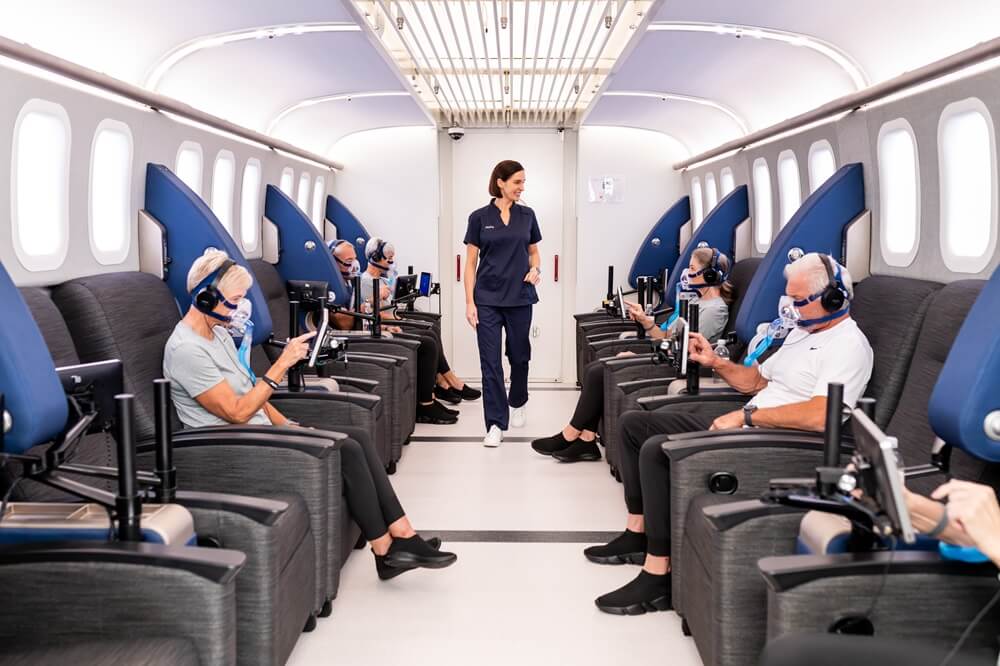
HBOT involves immersing patients in an oxygen-rich environment under a carefully controlled increase in atmospheric pressure. The science behind HBOT is straightforward yet powerful. This groundbreaking solution shows promise for post-COVID patients, as research reveals that a unique and specialized hyperbaric protocol “can improve the quality of life, quality of sleep, psychiatric and pain symptoms of patients suffering from long COVID.”
This unique HBOT protocol, different from the method used at most hospitals or wound care clinics, triggers the body’s natural healing mechanisms in several ways:
- Enhanced Oxygen Delivery: HBOT saturates the blood with oxygen, supporting cells damaged due to COVID-19.
- Inflammation Reduction: It decreases inflammatory markers throughout the body, which can help reduce swelling in damaged lung tissues.
- Tissue Regeneration: HBOT stimulates the growth of new tissue and blood vessels, which can promote the formation of healthy lung tissue.
The Aviv Medical Program, which can include this same evidence-based HBOT protocol, harnesses the power of oxygen to support the body’s natural healing mechanisms. The combination of enhanced oxygen delivery and other clinically-tested therapies often leads participants to report improved energy levels and better breathing capacity.
HBOT Considerations
For those looking for post-COVID lung damage treatment, holistic programs that include this specialized HBOT protocol can offer an invaluable solution. However, it isn’t suitable for everyone. Certain conditions require careful consideration, including:
- Spontaneous pneumothorax (collapsed lung)
- Certain types of chemotherapy
- Untreated high fever
- Active cancer
- Some forms of lung disease
- Specific ear conditions
- Pregnancy
This is why thorough screening and evaluation are vital before beginning any program that includes HBOT. At Aviv Clinics, our comprehensive approach includes thorough assessments and personalized protocols to optimize each individual’s experience with HBOT.
The Aviv Medical Program
At Aviv Clinics, we understand the complex nature of long COVID, including lung challenges. That’s why we work with each individual client to develop a customized treatment plan through the Aviv Medical Program.
Our comprehensive approach includes:
- Detailed medical assessments
- Personalized treatment protocols
- State-of-the-art facilities
- Ongoing monitoring and support
Like many, Paul faced the debilitating effects of long COVID. Eleven months after completing the Aviv Medical Program, Paul has achieved more than recovery—he’s thriving.
“There Is No Doubt, People Who Have Long COVID Suffer.” | Paul Moore, 11 Months Later | Aviv Clinics
After sports concussions and Long COVID left Hannah with cognitive issues and a need for oxygen, Aviv Clinics helped restore her breathing and clarity. Now, she’s back in school!
New Hope for Her Future: Recovery From Concussions and Long COVID | Hannah’s Story | Aviv Clinics
Your Path Forward Toward Healing
If you’re experiencing the difficulties of post-COVID lung inflammation, know that treatment is possible. Every day, people find their way back to better breathing and improved quality of life. Whether you’re dealing with persistent shortness of breath, ongoing fatigue, or other post-COVID symptoms, there are evidence-based approaches that can support your healing process. This is the aim of the Aviv Medical Program.
Take the first step toward reclaiming your respiratory health. Explore the symptoms and ways to support your long COVID recovery. Learn more with Aviv Clinics’ Comprehensive Guide to Long Haul COVID Treatment.
